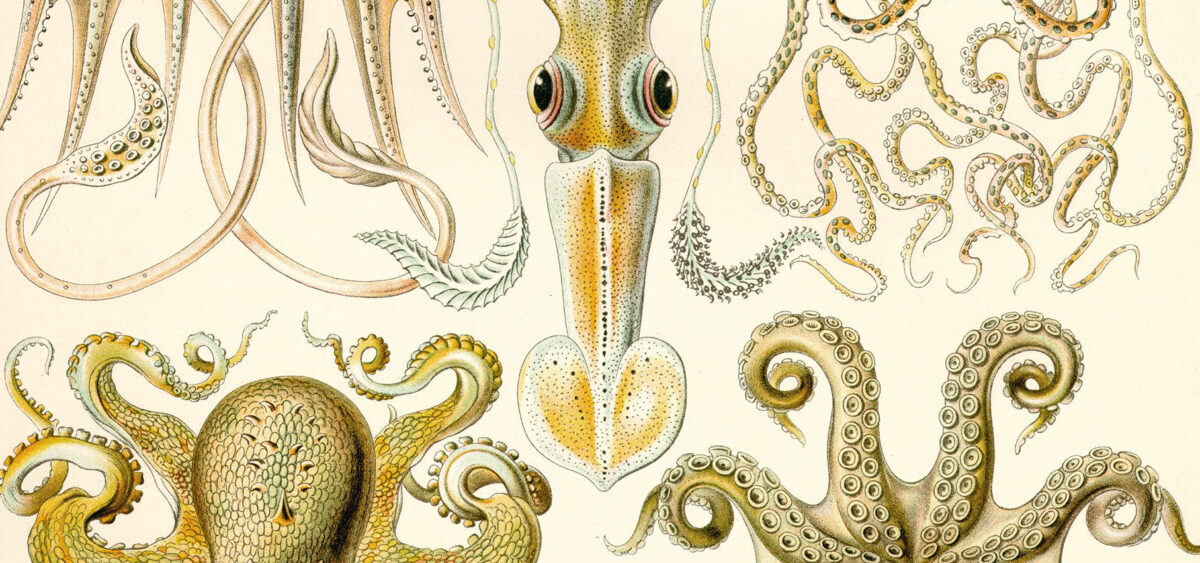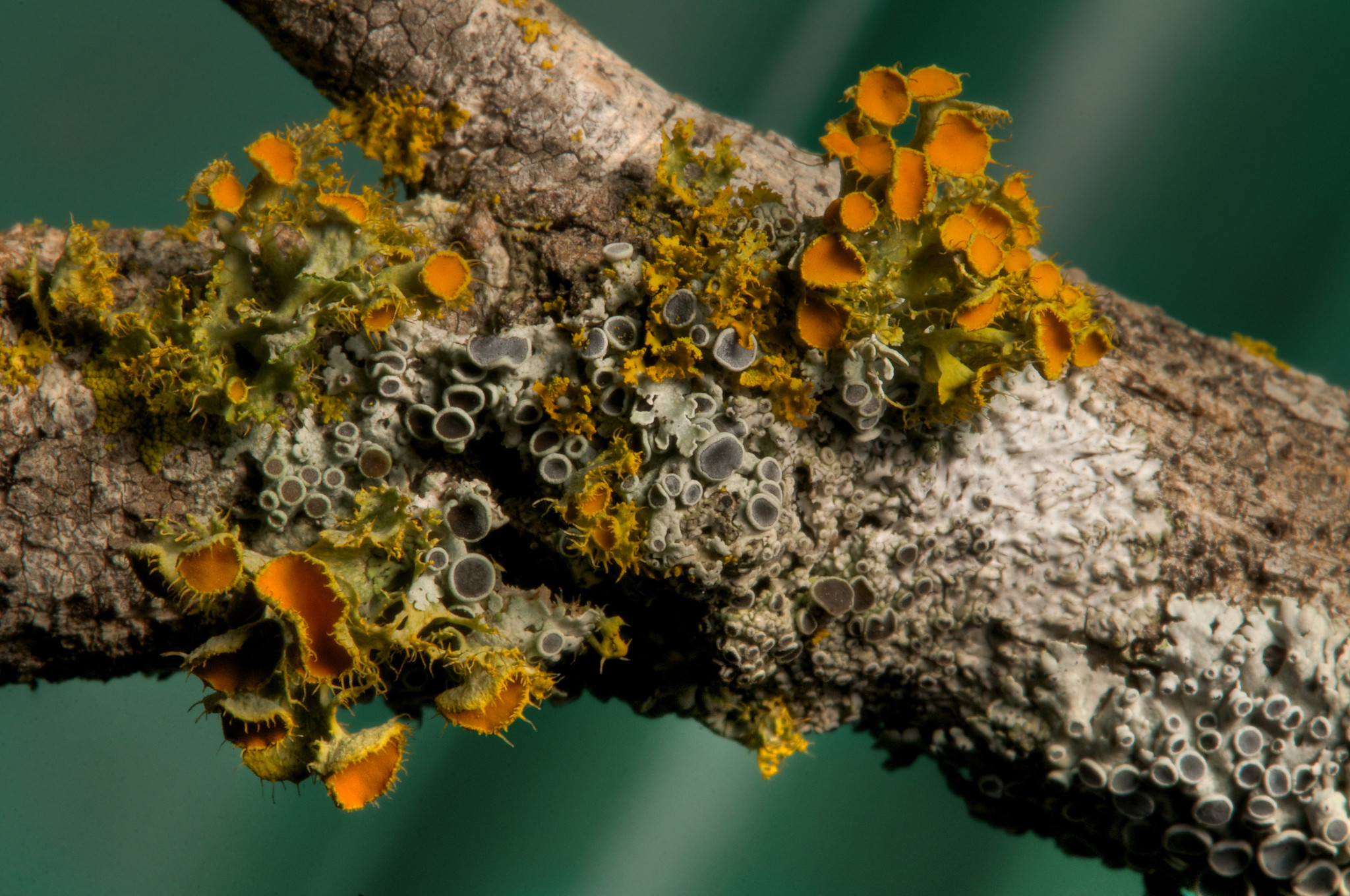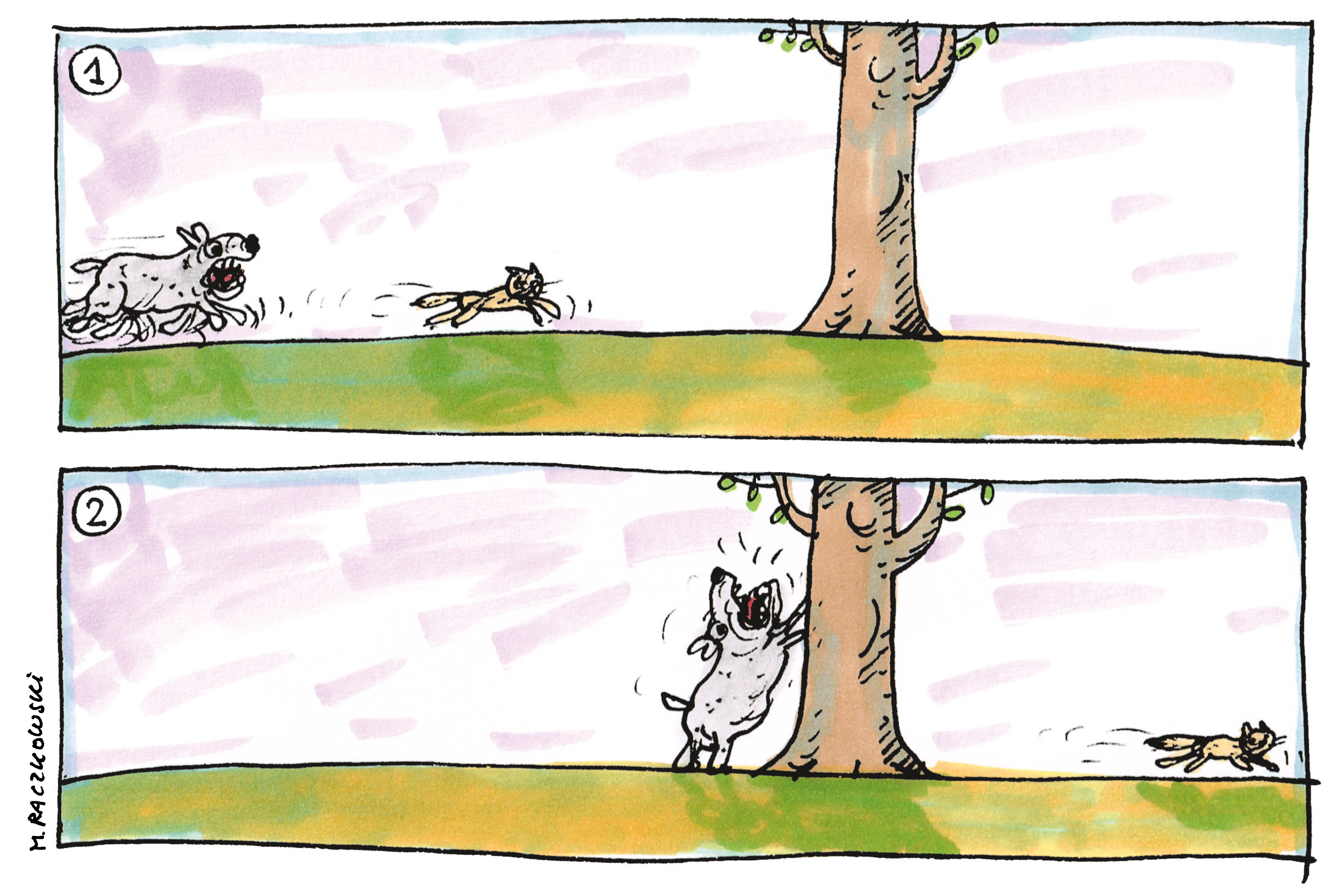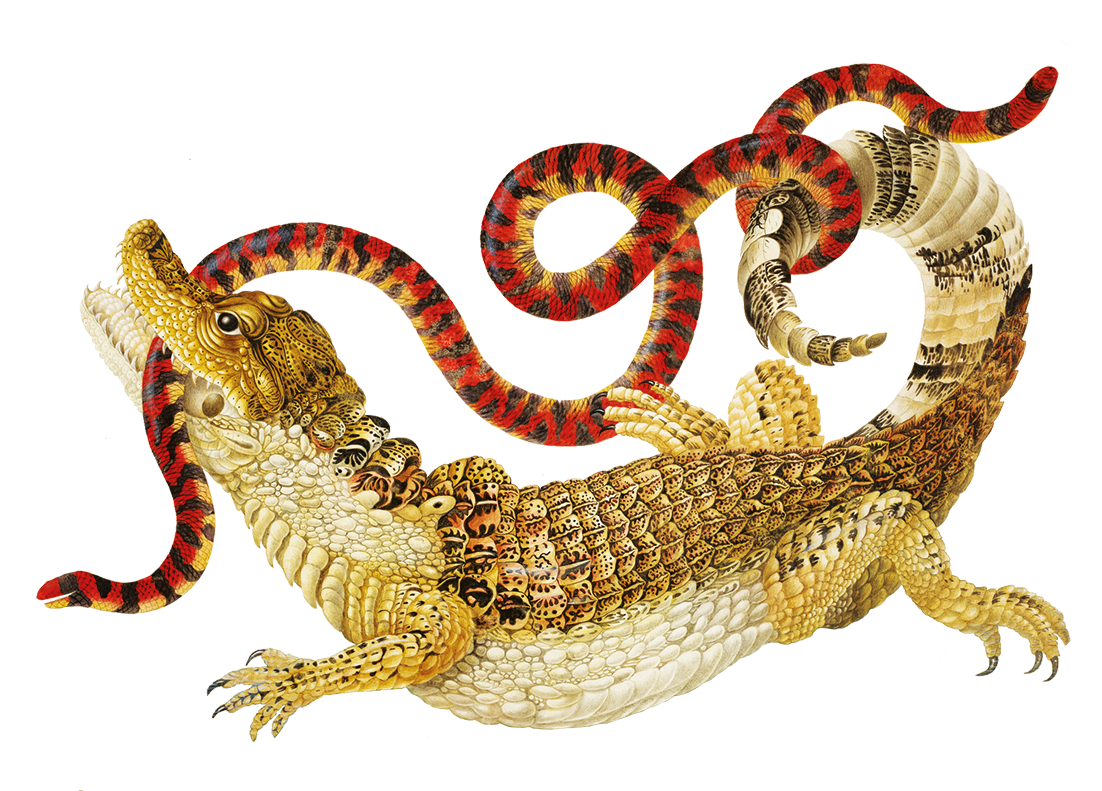
Among all the phenomena that humans can experience, an encounter with a cephalopod is the closest thing to making contact with an extra-terrestrial civilization.
Planet Earth is inhabited by many intelligent creatures. The vast majority of them are vertebrates; the last common ancestor of such creatures as humans, dolphins, cats, crows, large parrots and monitor lizards lived some 300 million years ago. It lived on land and already had a fairly well-developed nervous system. Our brains are based on a similar construction. Although we cannot get into the minds of rooks (and wouldn’t even be able to do so fully with those of other humans), both the rook and we ourselves are the culmination of the same evolutionary experiment with thinking beings.
But cephalopods are different. We are, of course, related to them too, just as we are to Staphylococcus, Paramecium, an oak tree or a mushroom. But our last common ancestor was an aquatic creature similar to a flatworm (Dendrocoelum lacteum), at best equipped with light-sensitive eye spots. They couldn’t really be considered intellectuals. The evolution of the cephalopod mind was completely independent of our own. And yet, simultaneously, it produced impressive results. Although it is difficult to compare intelligence even within a species – IQ tests are ideal only in testing people’s ability to solve IQ tests – we know that octopuses have tricks in their repertoire beyond the capabilities of most birds and mammals. They are also aware of their bodies. Although an octopus can expand and contract very well (like other molluscs), it cannot shrink its diameter to less than the width of the cartilage between its eyes. The octopus knows how wide the cartilage is and will squeeze itself through cracks just very slightly wider. But if the gap is half a centimetre smaller, it won’t even try. As a 10-year-old, I wasn’t that savvy, and we had to take a saw to at least one piece of furniture to release my trapped head.
Added to this is their altogether unearthly beauty, their talent for colourful expression (which would give any chameleon a complex), and their skills in camouflage, using not only colour but also texture and shape.
It is no surprise, therefore, that cephalopods fascinated Ernst Haeckel, one of the most interesting characters of the 19th and 20th centuries. He was a naturalist, discoverer of more than 200 species, inventor of words such as ecology, phylogeny and Protista (protozoa), a proponent of evolutionary theory, a doctor, marine biologist, philosopher and artist, a defender of freedom and integrity in teaching, and also the author of the once popular although now rather shunned recapitulation theory, according to which embryonic development should reflect evolutionary development. In his magnificent work, Kunstformen der Natur (Art Forms of Nature), published at the turn of the century, Haeckel devoted an entire table to cephalopods. Table 54 of the work, entitled ‘Gamochonia’, presents five species. These are (top row from the left) two squid – the long-armed squid (Chiroteuthis veranii) and the umbrella-shaped Histioteuthis ruppelii – and the Pinnoctopus cordiformis octopus. While below (from the left) we find the common octopus (Octopus vulgaris) and Octopus granulatus.
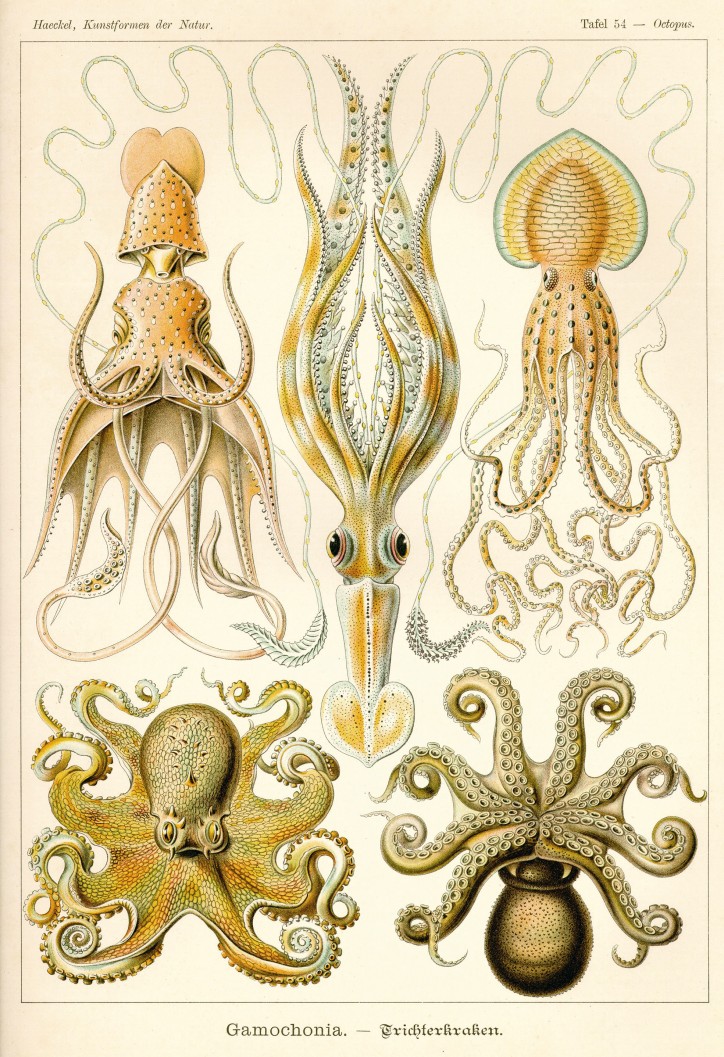
Haeckel himself was far from perfect. Alongside his unquestionable achievements, he is credited with establishing the ‘scientific’ foundations for racism and social Darwinism. But he did paint beautifully.
Translated by Annie Krasińska


